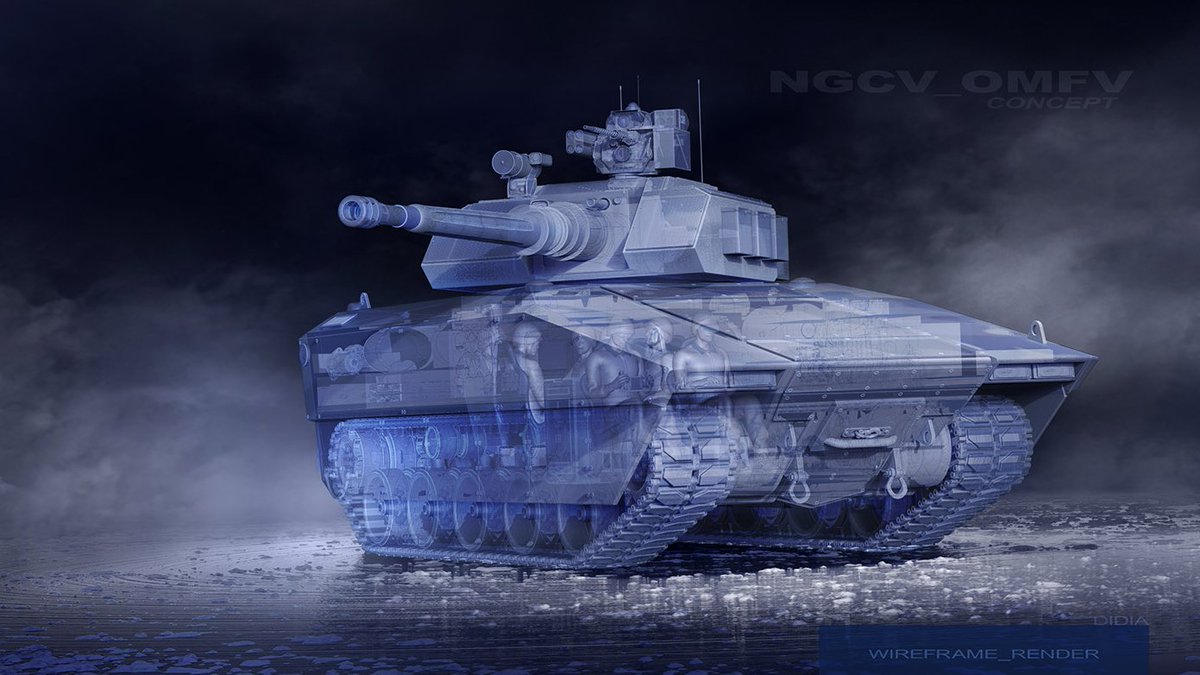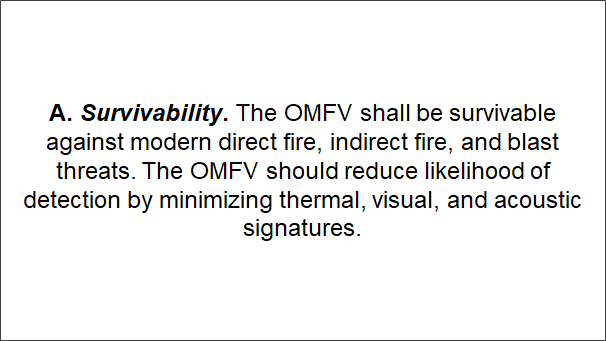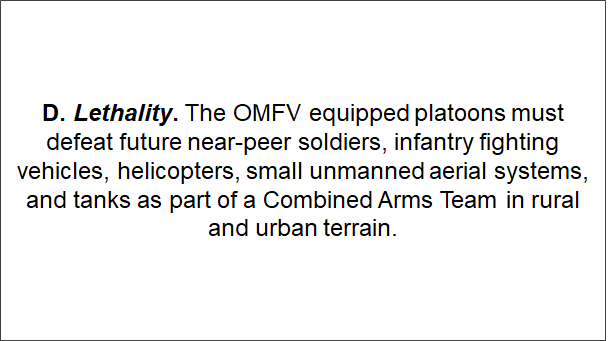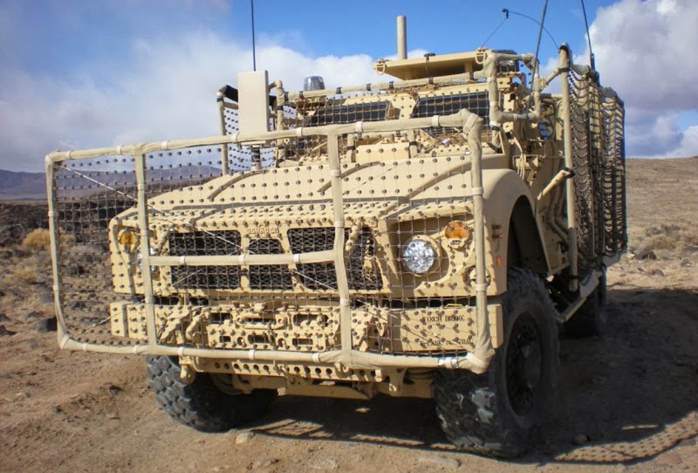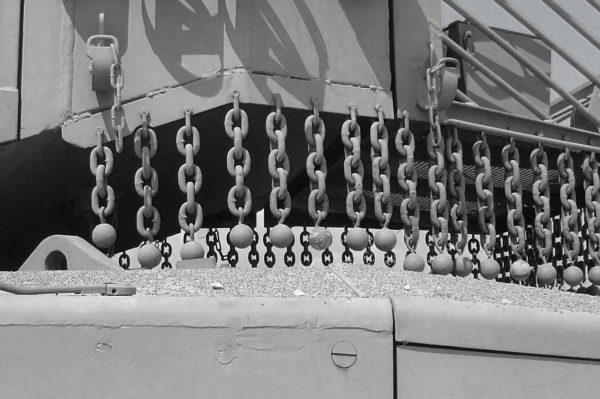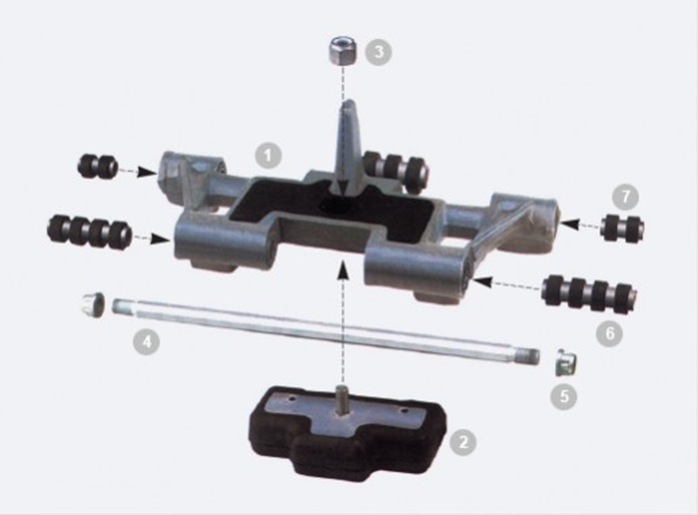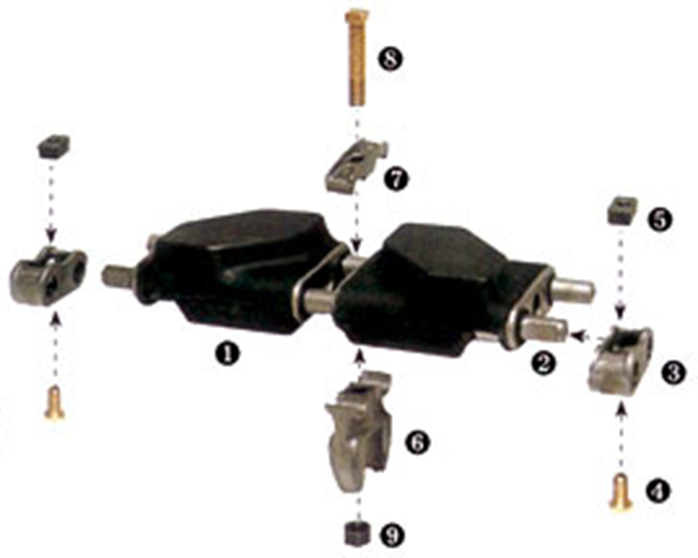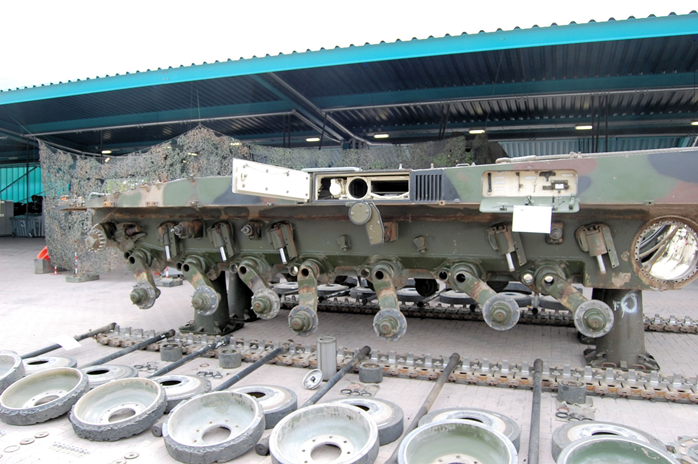
A few thoughts on belly loading. No, not our collective plans for the xmas period, a primer on the science behind allowing the belly of a vehicle to contact the terrain, and the implications therein to mobility (spoiler: its always bad) #AFVaDay #miltwitter #tanktwitter 
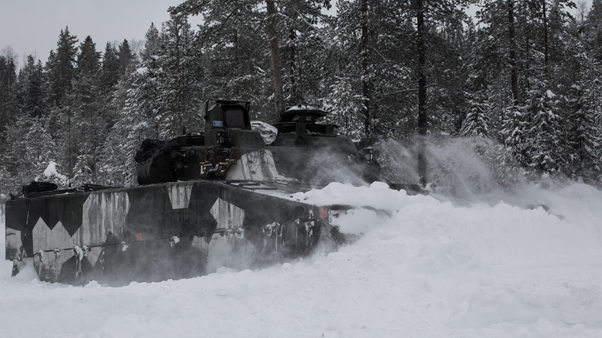
Usual disclaimer - this is Twitter, I don’t have much space and so some things are simplified or omitted for simplicity. This is a hugely complex science; I’m just giving a flavour of the considerations inherent in AFV design. With that out the way…
Another outwardly unexciting concept, but actually quite critical to off road performance. Belly loading is the condition where the tracks have sunk in terrain to the extent that the belly of the vehicle is now partially or fully resting on the terrain 
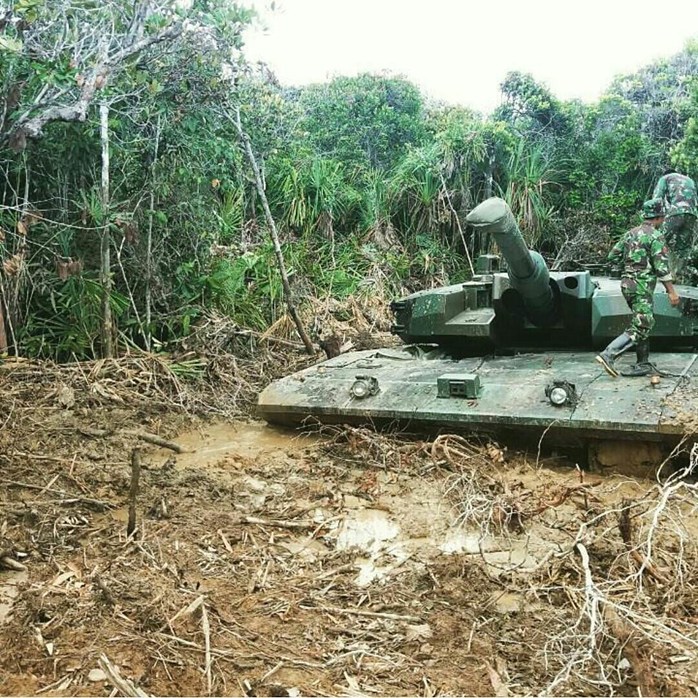
Belly loading is a cascade situation. With the belly only contacting terrain in a situation where mobility is already challenging and ground pressure/grip maybe be failing, contact of the belly begins to transfer load from tracks to hull, further reducing the tractive performance
Eventually, a vehicle can become entirely stuck where weight is fully loaded on the belly, or so much so that the tracks are fully unloaded and can gain no traction any longer. At this point there is little that can be done and it may need recovery or digging out by hand 
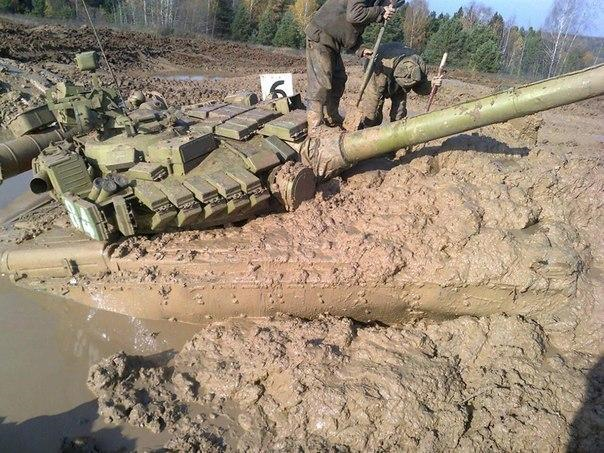
The issue is not just that the belly is taking loading that should be on the tracks to ensure they maintain grip on the terrain, it is also that any contact with the belly creates enormous levels of belly drag – a shear force frictional resistance to further movement
In a fully loaded situation, the vehicle is not just trying to move over the terrain but overcome the friction of the ground against the entire underside of the vehicle, which for an AFV is typically around 9m² 
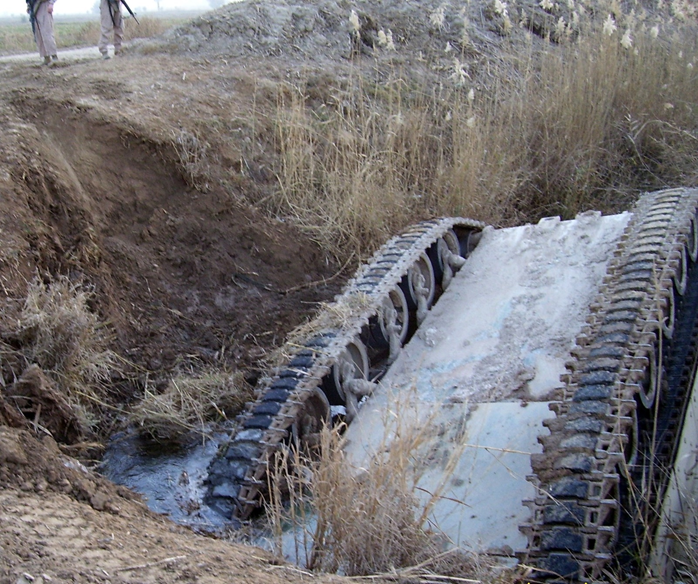
A significant factor in how an AFV responds to belly loading, is the trim angle. This is the relative inclination of the vehicle on the horizontal axis. A vehicle that sits flat has a trim angle of 0°. If nose down, it has a negative trim angle, and if tail down a positive angle 
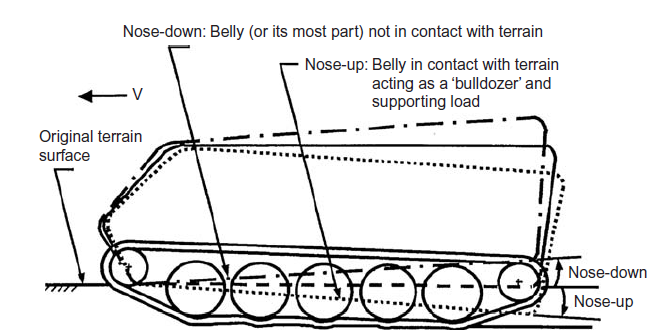
Trim angle is set by suspension configuration, altering the preload and stiffness of each roadwheel to apply the required angle. Modern hydropneumatic suspension allows dynamic change on the fly, which can be hugely beneficial in extreme terrain 
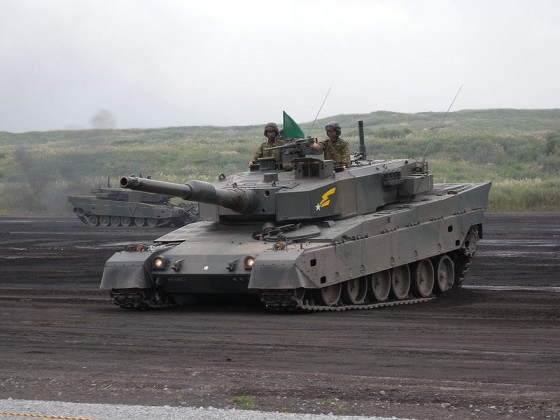
It might seem logical that a positive trim angle, where the AFV sits like a boat, would be best for conditions where the belly is going to contact the terrain, as like a boat it would slide up and over the terrain, or ride it rather like a wave. Not the case. 
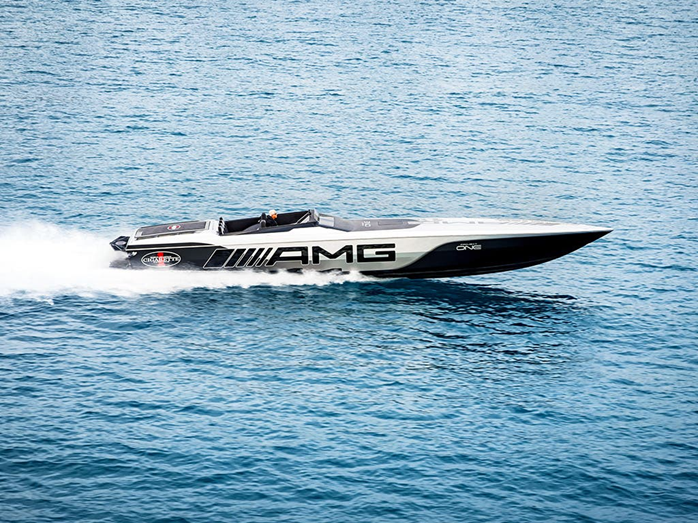
A negative trim angle whereby the nose is pointing downward is actually the optimal alignment for terrain-belly interaction. This is for a few reasons:
(1) By being nose down, as ground clearance reduces, the nose of the vehicle will act like a plough and clear some material prior to it reaching the underside of the vehicle, thereby reducing belly loading in the first place 
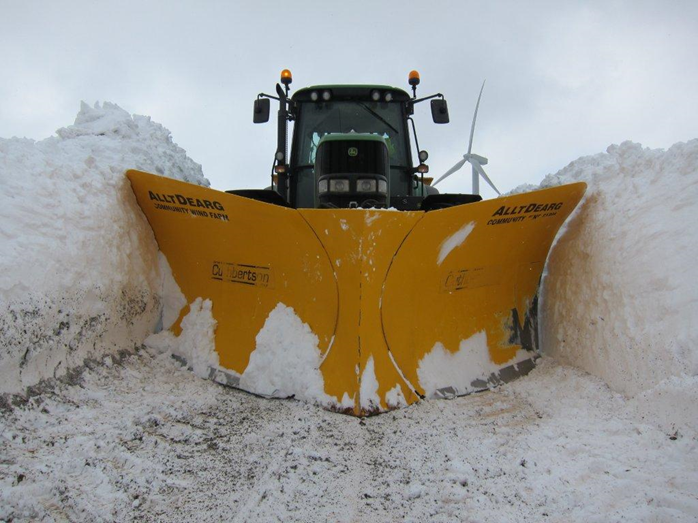
(2) When the belly does contact the terrain, it will be graduated rather than simultaneously contacting the entire underside (though this would be true of a positive trim angle too) as there is a sloped profile rather than a flat bottom 
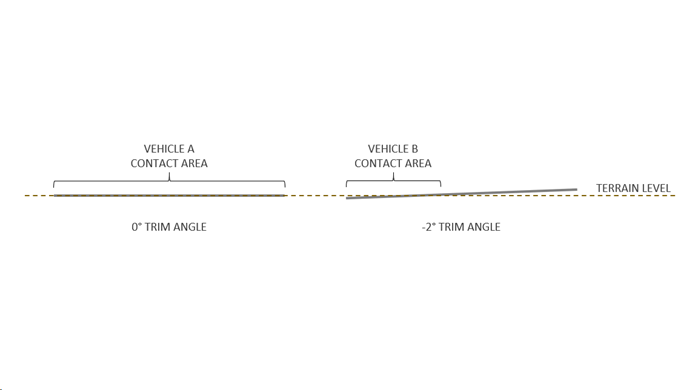
(3) most importantly, when the belly is in contact, any forward motion is moving the belly away from the terrain, unloading it. A positive trim would compact more material onto the belly, further loading it and increasingly unloading the tracks as the vehicle beaches itself 
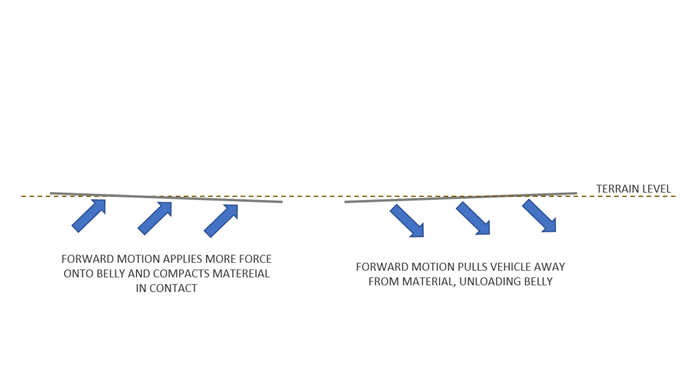
Avoiding belly loading is about avoiding track sinkage beyond ground clearance. Can be mitigated by designs that prioritise obvious high mobility oriented design elements that I have covered briefly before:
Sprocket location (bit.ly/3jkqCK3), road wheels (bit.ly/3fradkJ), track tension (bit.ly/3hh4LBh), as well as vehicle weight, track construction/dimensions and a few others for another day like shaping of the belly itself
Notably, track tension has a big impact. Increasing it spreads load more evenly over track area including between the wheels where the track can deflect significantly, potentially restoring some ground clearance. Emergency tension levels can be used to try and extract when stuck 
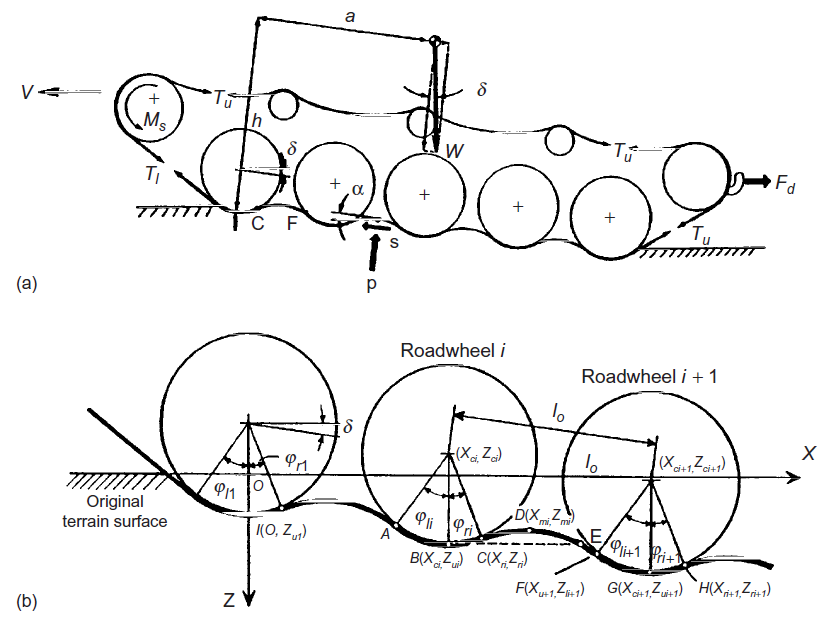
If you prioritise all of those, you end up with a very high performance off road vehicle, and that’s what the Swedes did with CV90 (its number 1 requirement was “Extreme mobility in severe terrain”), resulting in one of the most high mobility AFV in the world. 

CV90 mobility is astonishing, see here (bit.ly/3gR1Y2N) a comparison of it against Bradley. These vehicles are roughly same size, weight, volume etc. Just configured and designed very differently, and the results are rather dramatic
A great anecdote from the team that conducted the tests on pre-series CV90 speaks for itself.
It really is a great shame UK didn’t go CV90 for Ajax and WCSP as a consolidated, common requirement. Its got a big user community and is just an excellent AFV. Ah well.
It really is a great shame UK didn’t go CV90 for Ajax and WCSP as a consolidated, common requirement. Its got a big user community and is just an excellent AFV. Ah well.
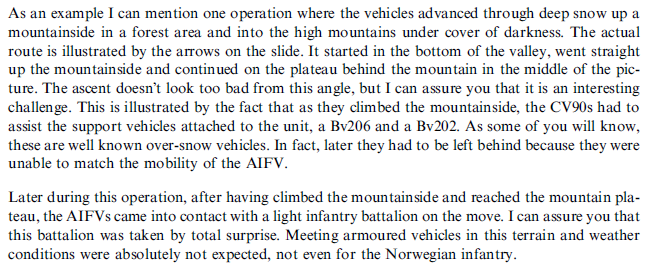
Another factor is initial rear track angle. Though uncommon, some vehicles forego traditional rear idler and instead have track wrap around a road wheel at the same, or similar height to road wheels. Classic example is BvS10 and other extreme mobility over-snow vehicles 
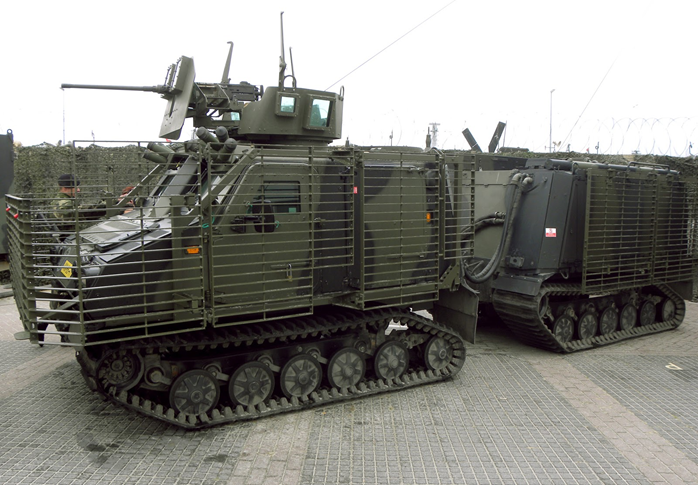
Having this low rear idler (typically somewhere between level with the other road wheels and marginally higher than to give a slight rear track angle of around 4°) means more ground contact area, more road wheels to bear the weight and so overall lower ground pressure 
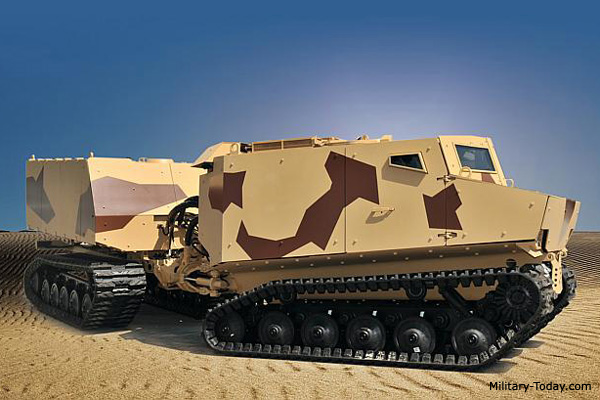
Also means vehicle is more resistant to nose high attitude in soft terrain, delaying onset of positive trim angle in belly contact situation. Downsides are v low reverse obstacle capability, and risk of idler binding the track and immobilising the vehicle 
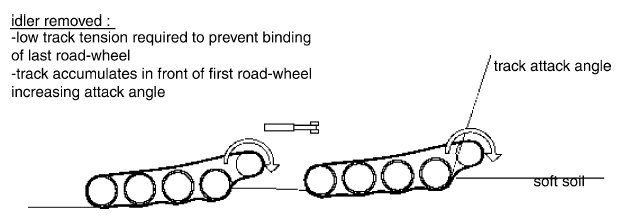
Ultimately there is no single factor to bogging a vehicle, but belly loading is an interesting one that is not as focused on as the more overt ground pressure, # road wheels type aspects despite its critical relationship with those. /end 
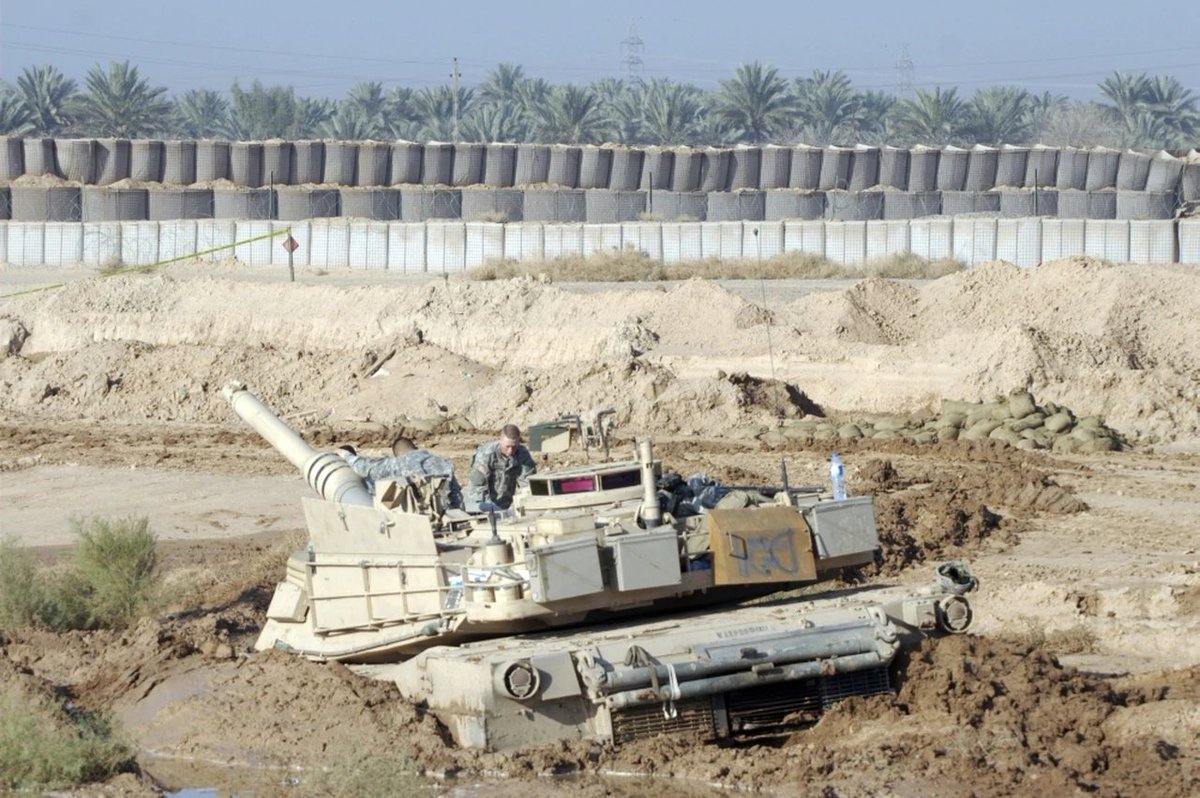
• • •
Missing some Tweet in this thread? You can try to
force a refresh

